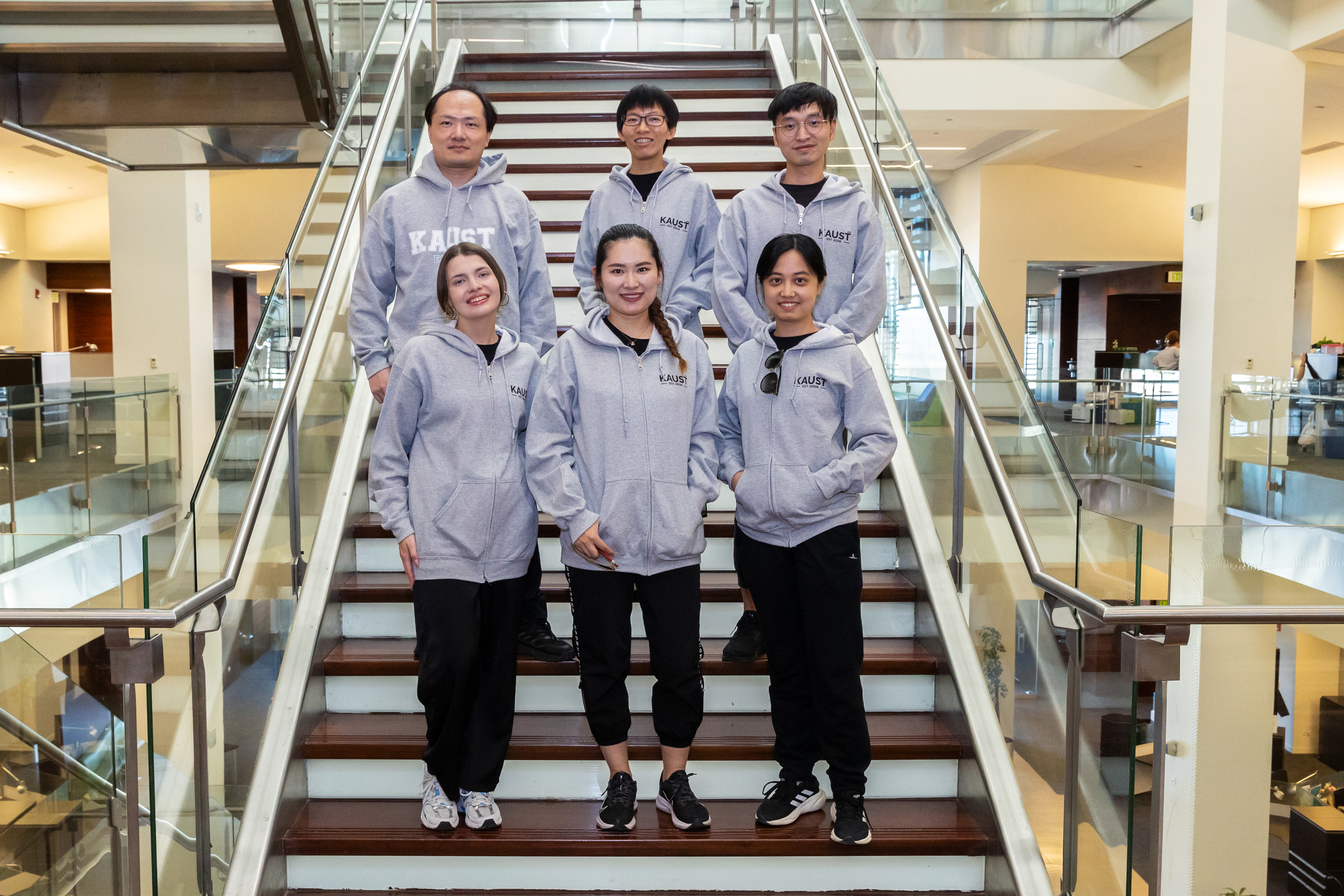

In the ever-evolving landscape of robotics and sensing technologies, the quest for smarter and more adaptable materials has emerged as a pivotal frontier. Smart soft materials (such as polymer and hydrogel) and composites have revolutionized the way we perceive and interact with our environment, offering unprecedented opportunities for innovation across diverse fields ranging from healthcare and manufacturing to environmental monitoring and beyond. These materials, endowed with dynamic properties and responsive capabilities, hold the key to unlocking new realms of functionality and efficiency in robotic systems and sensing devices.
Our group is presently directing its attention towards the intricate process of self-assembly, particularly emphasizing the dynamic interplay of macrocyclic or cage materials within soft matrices such as polymers or hydrogels. This concerted effort yields material systems that not only harness the structural resilience and adaptability inherent in soft materials but also leverage the unique cavity properties offered by macrocyclic or cage structures. The amalgamation of these distinct attributes culminates in the development of novel materials that hold profound significance within the realm of smart response. These meticulously crafted material composites exemplify a sophisticated synergy between disparate material classes, showcasing a delicate balance between flexibility and rigidity, responsiveness and stability. By seamlessly integrating the inherent characteristics of both soft and macrocyclic or cage materials, our research endeavors aim to unlock a spectrum of functionalities previously unattainable through conventional means. Through precise manipulation of self-assembly processes, we navigate the intricate landscape of material design, orchestrating the emergence of tailored structures capable of exhibiting enhanced sensing capabilities, adaptive behavior, and stimuli-responsive properties.
